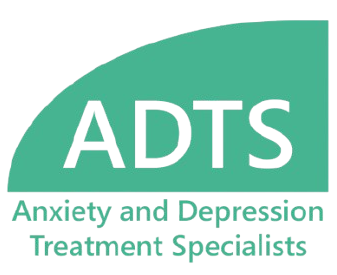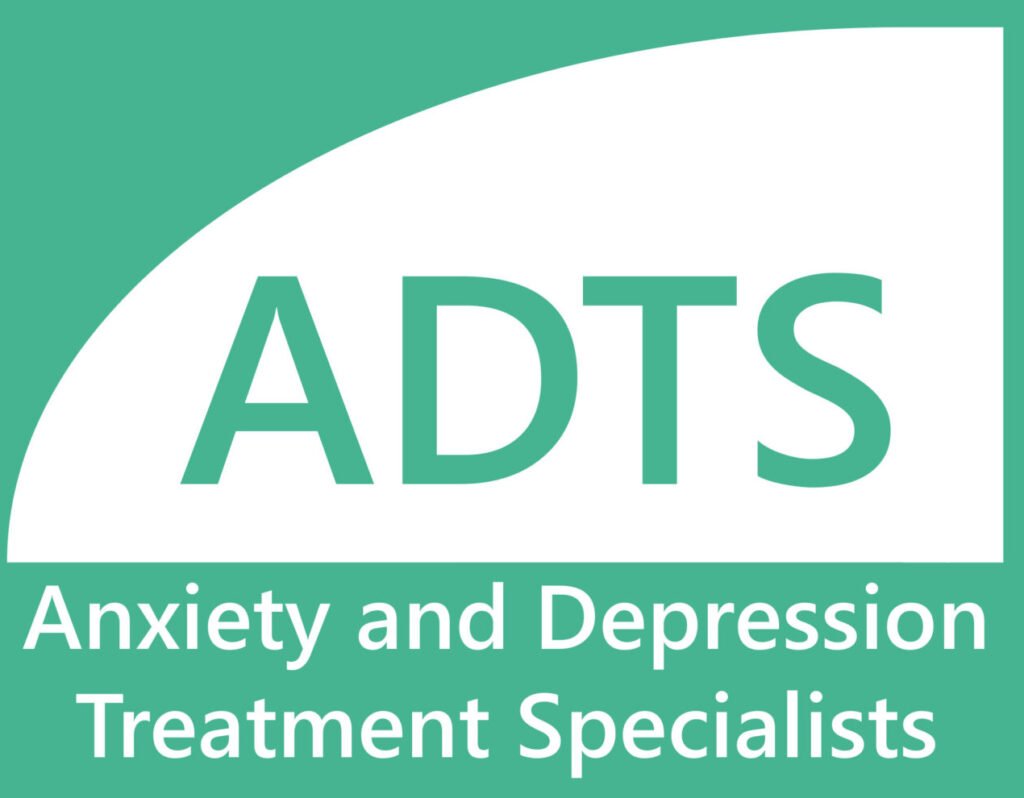Anxiety disorders are prevalent mental health conditions characterized by excessive worry and fear, often leading to significant impairment in daily functioning. Anxiety is often associated with low positive mood (Brown et al., 1998; Kashdan, 2007; Kashdan et al., 2011; Litz et al., 2000; Prenoveau et al., 2010; Srivastava et al., 2003), making it all the more important to address these concerns. Of the various forms of positive psychology therapy in California and Connecticut, one in particular stands out as a particularly effective approach: Positive Affect Treatment.
Positive Affect Treatment (PAT)
PAT is a novel therapeutic approach designed to enhance positive emotions by targeting the brain’s experience of positive life outcomes (Craske et al., 2016). Unlike traditional evidence-based therapies that primarily focus on reducing negative emotions, PAT aims to increase the capacity for pleasure and engagement in rewarding activities, addressing core features of anhedonia often present in anxiety and depression (where “anhedonia” refers to difficulty experiencing interest, pleasure, or motivation in daily life).
In two randomized clinical trials (Craske et al., 2019, 2023), people with clinically severe symptoms of depression or anxiety were assigned to either PAT or a form of cognitive-behavioral therapy (CBT) focused on reducing negative emotions. The studies found that PAT led to greater improvements in positive emotions and greater reductions in negative emotions, depression, anxiety, stress, and suicidal thinking compared to the CBT condition aiming to reduce negativity. These outcomes suggest that enhancing positive emotions can have a broad impact on overall emotional well-being and even reduce negative emotions. Importantly, the way in which PAT was so effective was shown to be related to how much it helped people anticipate/pursue rewarding experiences and enjoy the rewarding experiences when they occurred. Overall, PAT is effective in increasing positivity and reducing negativity. Working with a psychologist who offers positive psychology therapy in California and Connecticut – especially PAT – may be a great path forward.
What Does PAT Look Like, And How Does It Work?
PAT is an excellent form of positive psychology therapy in California and Connecticut. It is a cutting-edge treatment that few psychologists have been trained to conduct. There are several therapy activities that comprise PAT. These include information about the cognitive-behavioral mood cycle, reward processing (the past, present, and future of positive experiences; see my blog post here), enriching one’s positive emotion vocabulary, mood monitoring, scheduling positive events (events that are enjoyable, give meaning and purpose, and are skill/accomplishment-based), savoring and re-experiencing positive events, increasing attention to positive occurrences, rightfully taking ownership for positive outcomes, imagining positive future experiences, and some mindfulness-based techniques focused on gratitude, generosity, and loving-kindness (Craske et al., 2022). By doing these exercises, a person can strengthen their attention towards and experience of positivity. With enough repetition and breadth, these skills can become more and more habitual, therefore increasing your positive mood in daily life. It’s like going to the “positivity gym” – PAT helps people strengthen various positivity “muscles” so that people can use that new-found positive strength to improve their mood and well-being.
References:
- Brown, T. A., Chorpita, B. F., & Barlow, D. H. (1998). Structural relationships among dimensions of the DSM-IV anxiety and mood disorders and dimensions of negative affect, positive affect, and autonomic arousal. Journal of Abnormal Psychology, 107(2), Article 2. https://doi.org/10.1037/0021-843X.107.2.179
- Craske, M. G., Dour, H., Treanor, M., & Meuret, A. E. (2022). Positive Affect Treatment for Depression and Anxiety: Therapist Guide. Oxford University Press. https://doi.org/10.1093/med-psych/9780197548523.001.0001
- Craske, M. G., Meuret, A. E., Echiverri-Cohen, A., Rosenfield, D., & Ritz, T. (2023). Positive affect treatment targets reward sensitivity: A randomized controlled trial. Journal of Consulting and Clinical Psychology, 91, 350–366. https://doi.org/10.1037/ccp0000805
- Craske, M. G., Meuret, A. E., Ritz, T., Treanor, M., & Dour, H. J. (2016). Treatment for Anhedonia: A Neuroscience Driven Approach: 2015 ADAA Scientific Research Symposium: Treatment for Anhedonia. Depression and Anxiety, 33(10), Article 10. https://doi.org/10.1002/da.22490
- Craske, M. G., Meuret, A. E., Ritz, T., Treanor, M., Dour, H., & Rosenfield, D. (2019). Positive affect treatment for depression and anxiety: A randomized clinical trial for a core feature of anhedonia. Journal of Consulting and Clinical Psychology, 87(5), Article 5. https://doi.org/10.1037/ccp0000396
- Kashdan, T. B. (2007). Social anxiety spectrum and diminished positive experiences: Theoretical synthesis and meta-analysis. Clinical Psychology Review, 27(3), Article 3. https://doi.org/10.1016/j.cpr.2006.12.003
- Kashdan, T. B., Weeks, J. W., & Savostyanova, A. A. (2011). Whether, how, and when social anxiety shapes positive experiences and events: A self-regulatory framework and treatment implications. Clinical Psychology Review, 31(5), Article 5. https://doi.org/10.1016/j.cpr.2011.03.012
- Litz, B. T., Orsillo, S. M., Kaloupek, D., & Weathers, F. (2000). Emotional processing in posttraumatic stress disorder. Journal of Abnormal Psychology, 109(1), Article 1. https://doi.org/10.1037/0021-843X.109.1.26
- Prenoveau, J. M., Zinbarg, R. E., Craske, M. G., Mineka, S., Griffith, J. W., & Epstein, A. M. (2010). Testing a hierarchical model of anxiety and depression in adolescents: A tri-level model. Journal of Anxiety Disorders, 24(3), Article 3. https://doi.org/10.1016/j.janxdis.2010.01.006
- Srivastava, S., Sharma, H. O., & Mandal, M. K. (2003). Mood induction with facial expressions of emotion in patients with generalized anxiety disorder. Depression and Anxiety, 18(3), Article 3. https://doi.org/10.1002/da.10128


